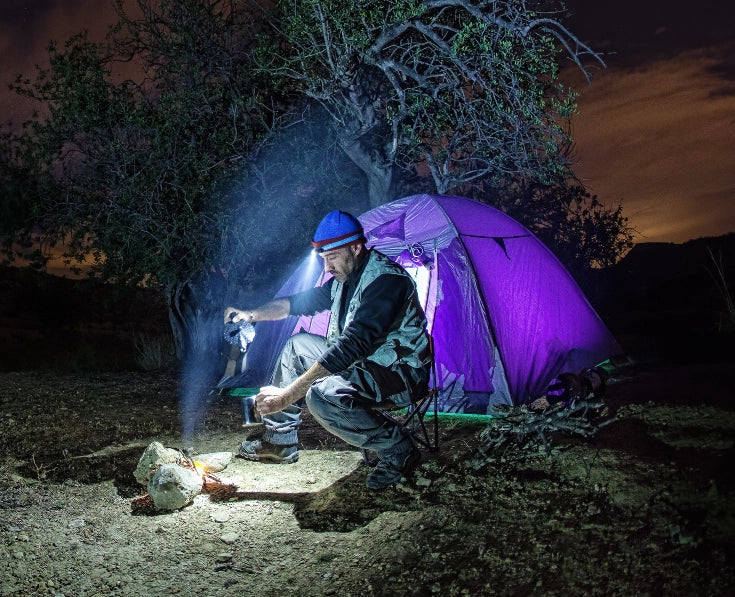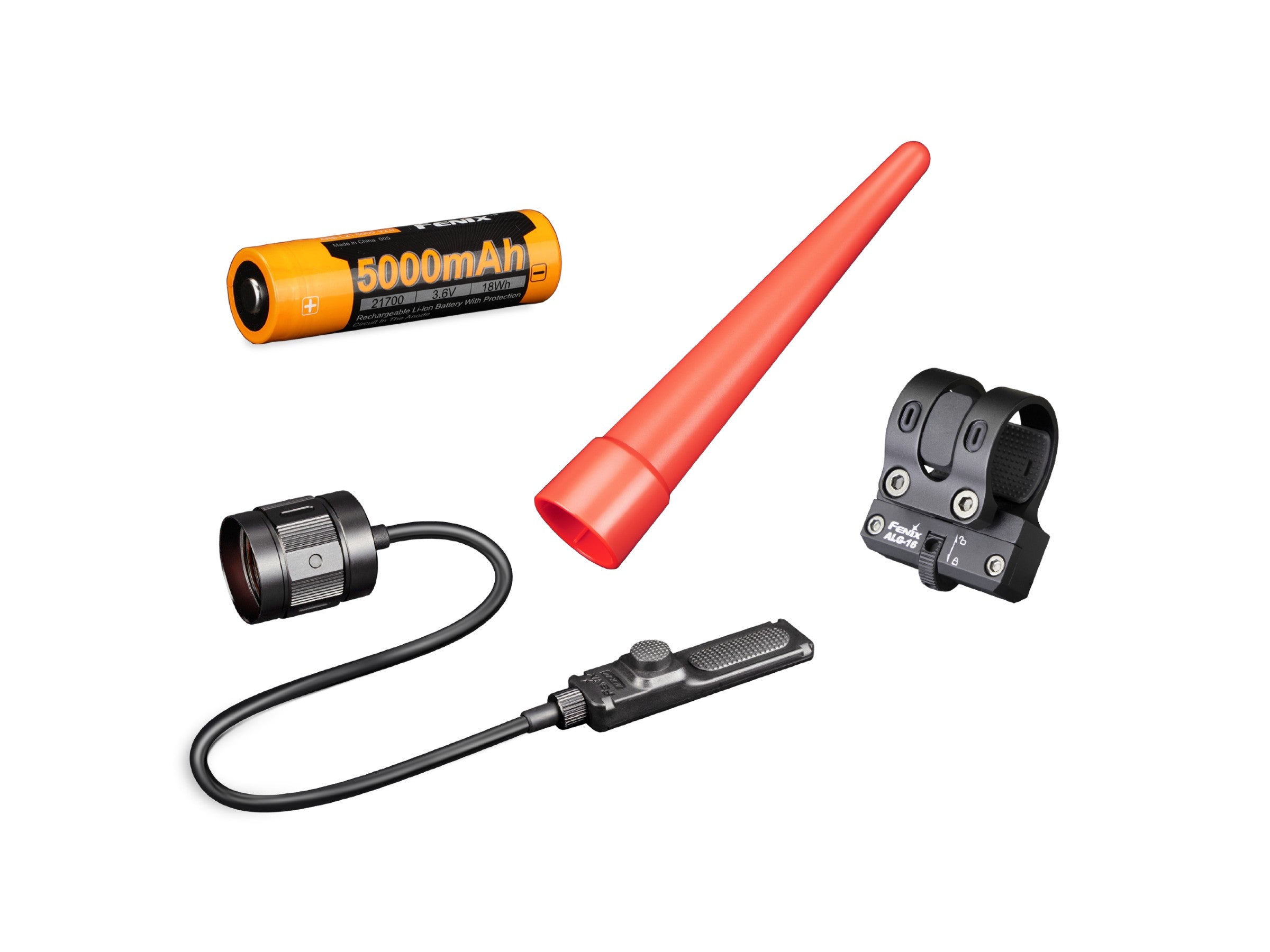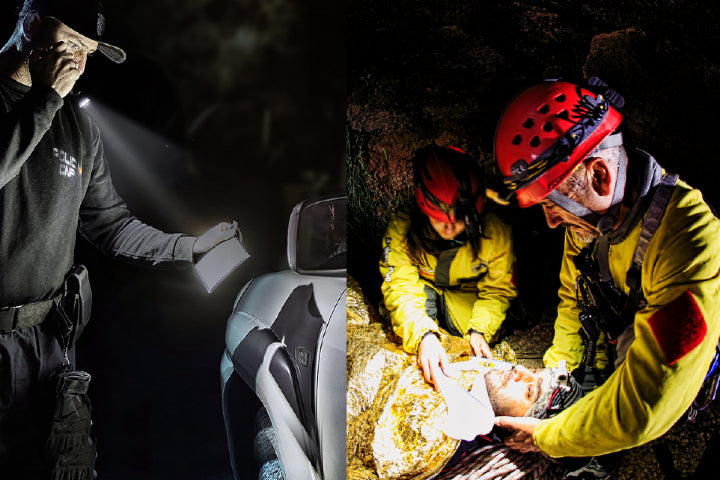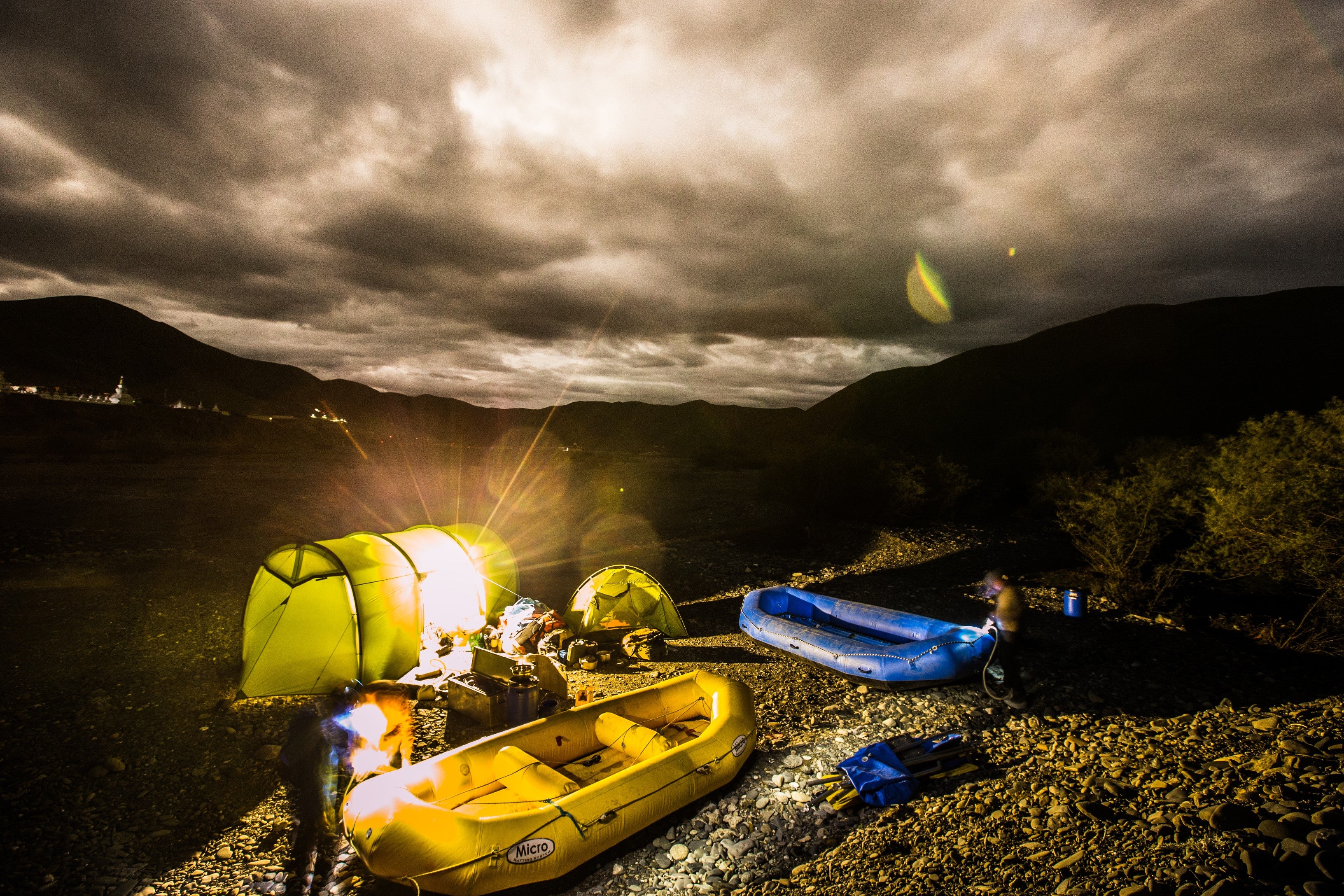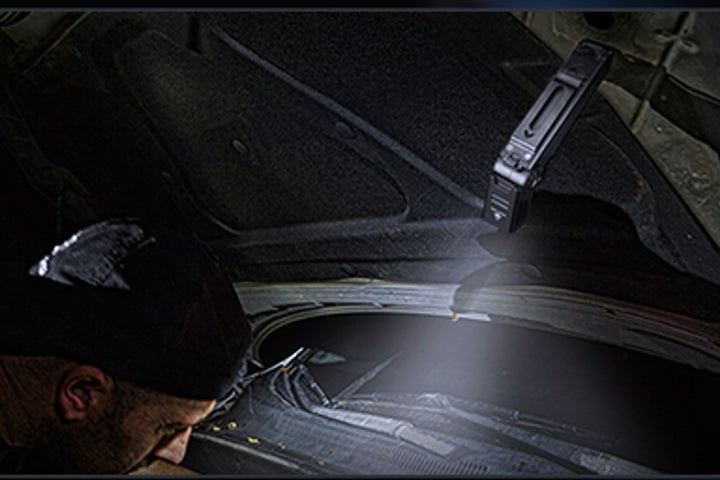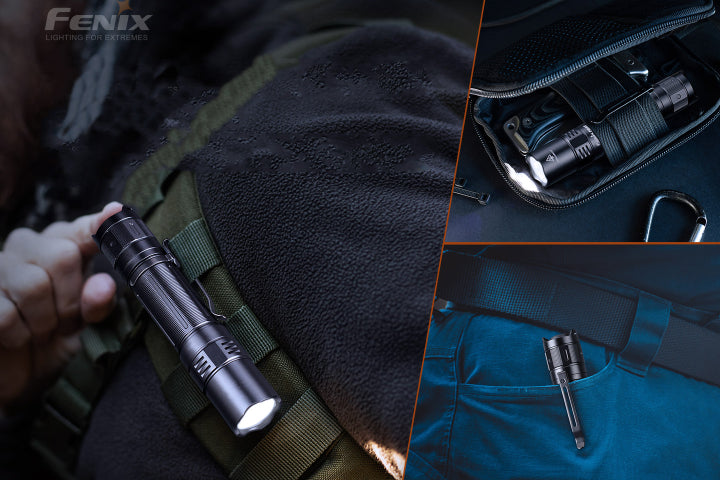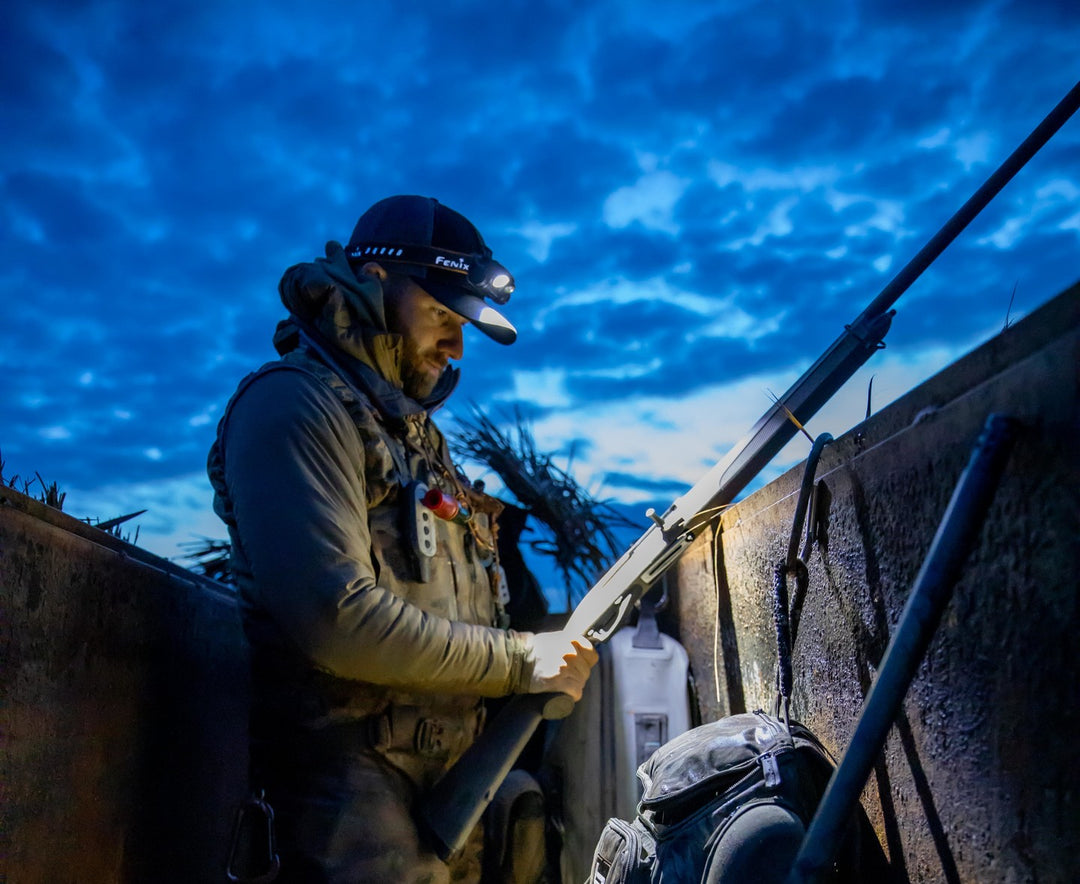What Is Boondocking and How Do You Do It?
Are you ready to take your camping game to the next level? If so, it is time to try boondocking. Boondocking, also known as dispersed camping, is an excellent way for outdoor enthusiasts to connect with nature.
But before you hit the road, it is essential to prepare and plan accordingly. With the right equipment, supplies, and mindset, boondocking is an incredible experience that allows you to enjoy the great outdoors.
In this article, we are exploring everything you need to know about boondocking to have a great experience, including packing essentials and tips for success. Your boondocking adventure starts now!
Quick Takeaways
- Boondocking is a type of camping without amenities in remote locations, offering a way for campers to connect with nature, enjoy solitude, and save money on camping fees
- Proper preparation and research are crucial for boondocking to ensure a safe and enjoyable experience while promoting sustainable and responsible camping practices
- Finding the perfect boondocking site can be challenging, but using online resources and talking with members of your community can help you find amazing boondocking locations that suit your personal preferences
- Practicing responsible camping habits, such as leaving no trace and being aware of wildlife, will help preserve the natural beauty of the environment
Ready for your next adventure? Boondocking provides an opportunity for outdoor enthusiasts to explore the road less traveled and experience the beauty of the natural environment.
What Is Boondocking?
Boondocking is known as the practice of camping without hookups or amenities, usually in remote locations. It's also known as:
- Dry camping
- Free camping
- Dispersed camping
Boondocking offers a unique opportunity for campers to connect with nature, enjoy solitude, and save money on camping fees.

Boondocking can be traced back to pioneers and settlers exploring the American West, who had to rely on their own resources to survive in remote areas. Today, boondocking has become a popular pastime for outdoor enthusiasts and RVers alike.
Since the pioneers, several types of boondocking have emerged, including:
- Overnight parking in parking lots
- Staying on Bureau of Land Management (BLM) land
- National forests and other public lands
- Staying in designated boondocking areas
Each type of boondocking offers unique opportunities and challenges, so it is key to research and prepare accordingly prior to your trip.
How To Prepare For Boondocking
Proper preparation for boondocking is essential to ensure a safe and enjoyable experience. As you start preparing and packing for your trip, remember to:
- Research the area. First, research the area where you plan to camp. This will give you an idea of the terrain, local wildlife, and any potential hazards to be aware of.
- Check the weather. Checking the weather is key to preparing and packing essential items needed for extreme weather conditions.
- Make a checklist. Creating a checklist of necessary equipment will help you stay organized and ensure you do not forget any essential items. Include items like camping gear, food, water, and safety supplies on your list.
- Understand local regulations. This is crucial for boondocking, since different areas have different rules regarding camping, fires, and wildlife interactions.
With proper preparation and research, boondocking can be a very rewarding experience. Proper preparation also allows you to conserve resources and minimize your impact on the environment, promoting sustainable and responsible camping practices.
How to Find A Boondocking Site
Finding the perfect boondocking site can make for an incredible experience, but it is challenging to know where to start with so many options available. Get started by:
- Using online resources. Apps and websites, like Campendium, FreeRoam, and iOverlander, are great for finding some of the best boondocking sites in your area.

- Checking with local land management agencies. Bureau of Land Management (BLM) land, national forests, and other public lands often allow dispersed camping. Contact the local land management agency for information on where to camp and any regulations you should be aware of.
- Talking to locals. Locals can be a great resource for finding hidden gem boondocking sites. Ask your community for recommendations to find some of the best boondocking locations.
Remember, each location will have its own set of challenges, like extreme weather or rugged terrain. Choosing the best boondocking site for you will depend on your own personal preferences.
Boondocking Equipment and Supplies
When boondocking, it is essential to have the right equipment and supplies to ensure an enjoyable experience. Here are some essential items every boondocker needs to pack:
- Water. Bring plenty of water for drinking, cooking, and cleaning. Investing in a water filtration system can also help replenish your supply from natural sources.
- Lighting. Flashlights, lanterns, headlamps, and extra batteries are essential to your safety. Whether you are navigating dark terrain or an emergency, high-quality lighting is necessary.

- Power. Solar panels, generators, and power banks are all useful tools for providing power when off the grid.
- Cooking supplies. Bring a stove, cookware, utensils, and fuel for cooking meals, in addition to any food supplies.
- Navigation tools. A map, compass, and GPS can help you navigate remote areas and find your way back to civilization.
It is also important to bring equipment and supplies that will help reserve your resources. Considering following these tips to minimize your environmental impact and maximize your supplies:
- Use reusable containers and utensils to reduce waste.
- Use LED lights to conserve energy.
- Avoid using generators during quiet hours to reduce noise pollution.
- Dispose of waste properly and practice "leave no trace" principles.
With access to the right equipment and supplies, you can safely commit to responsible camping practices and enjoy the beauty of boondocking.
Boondocking Tips and Etiquette
Responsible camping habits can make your boondocking experience safer and more enjoyable. Here are some tips for boondocking that every camper should follow:

- Leave no trace. This means leaving the campsite in the same condition as you found it. Pack out all trash and dispose of it properly.
- Pack in, pack out. Bring necessary supplies and equipment with you, and take them with you when you leave. Do not leave any items behind.
- Respect quiet hours. Be mindful of noise levels during quiet hours, typically from 10 PM to 6 AM. Keep music and other loud activities to a minimum during these times.
- Be aware of wildlife. Observe wildlife from a distance and avoid disturbing their habitats. Store food and trash properly to avoid attracting wildlife to the campsite.
- Respect other campers. Keep a respectful distance from other campers and avoid interfering with their camping experience.
By practicing responsible camping habits, you can help preserve the natural beauty of the environment. This way, boondocking can remain a sustainable and enjoyable experience for generations to come.
Start Your Boondocking Adventure Today!
Boondocking is a rewarding way to experience the great outdoors. It allows you to disconnect from the hustle and bustle of everyday life, and connect with nature in a profound way. But just like any outdoor adventure, boondocking requires proper preparation, planning, and responsible camping habits to ensure a safe and enjoyable experience.
Want to get a jump start on your boondocking packing list? Visit Fenix today to find quality lighting equipment, or keep learning about high-performance solutions here on Fenix’s blog.

